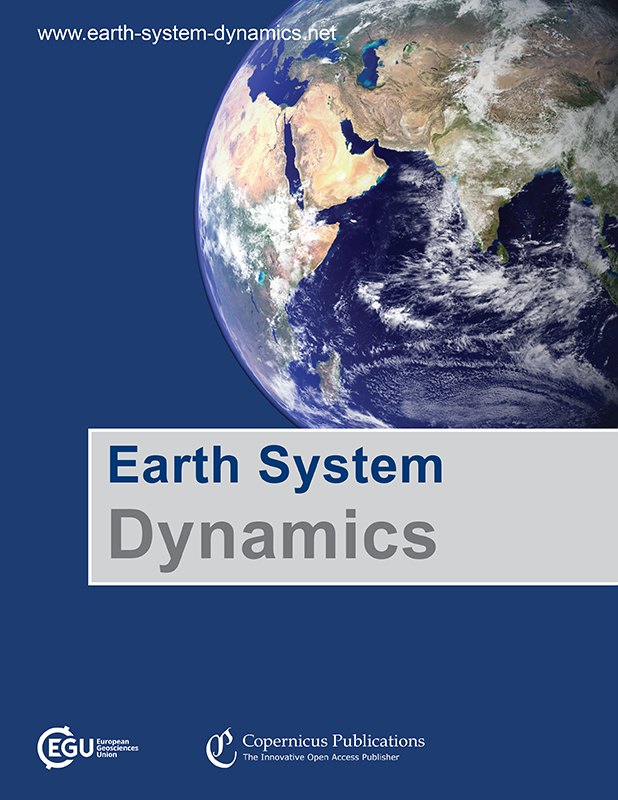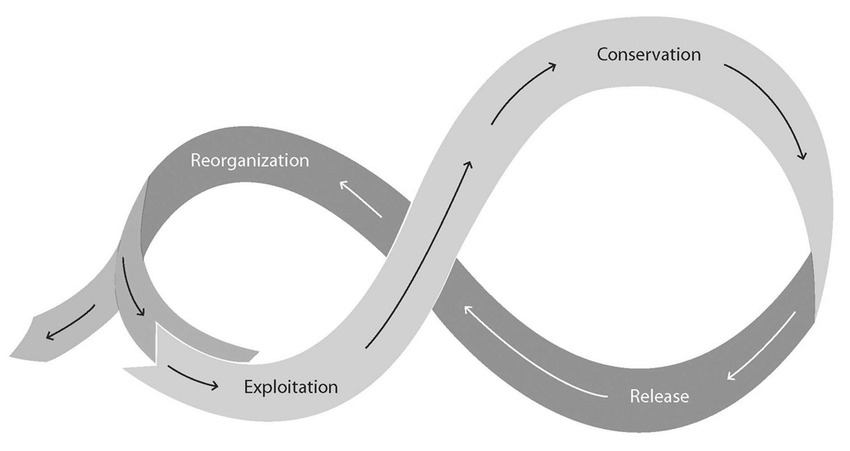Exploring
Earth system
dynamics
...one research question at a time.
Why I do
Science?
Having been born and raised in India, living in various parts of the country and later pursuing research abroad, I’ve been fortunate to experience a rich diversity of cultures and perspectives along my journey. Through these experiences, I became aware of how our everyday actions—from the food we consume to the vehicles we drive—influence Earth systems. Often without realizing it, we each play a role in shaping environmental processes, the effects of which can ripple across societies and contribute to climate change, biodiversity loss, food and water insecurity.
At the same time, we live in a remarkable era of technological progress, where innovation offers new opportunities to support a more sustainable future.
I’ve long been fascinated by the remote sensing advances, especially in understanding our changing planet.
In my research, I try to harness these innovations not only to gather insights into (socio-ecological) Earth system dynamics,
with the aim to bridge the gap between science, policy and action. Through my research, I aspire to contribute toward building a sustainable future, one step at a time.

By equipping decision-makers with
data-driven knowledge,
we identify leverage points for
building a more resilient future

Recent
publications
My recent publications highlight how food production and consumption drive deforestation. These activities can significantly disrupt Earth's system functions by altering the carbon and water cycles.
Such changes carry the potential for catastrophic impacts, including the loss of a significant portion of our rainforests, necessary for maintaining a sustainable environment in the future.
Mapping impacts,
supporting stewardship.

Uncovering sub-Regional drivers of deforestation in the Amazon
WWF COP16 report

The global deforestation footprint of agriculture and forestry
Nature Reviews Earth and Environment
* Click to explore the publications

Multi-fold increase in rainforest tipping risk beyond 1.5–2 °C warming
Earth System Dynamics
keeping oneself motivated is quite crucial.





